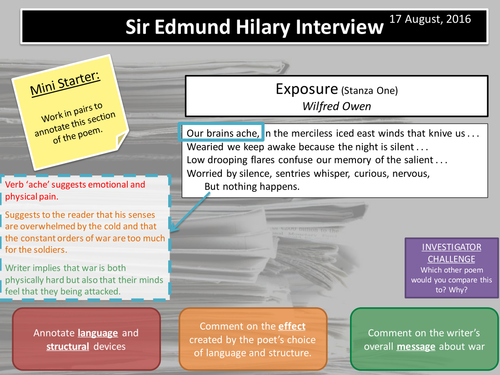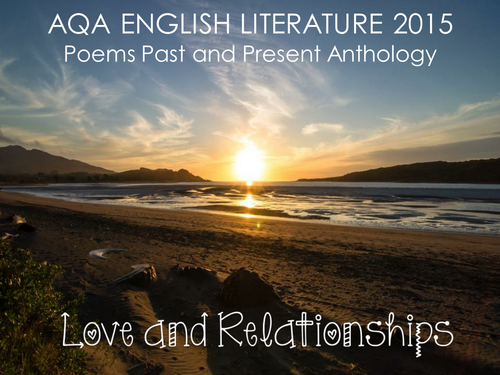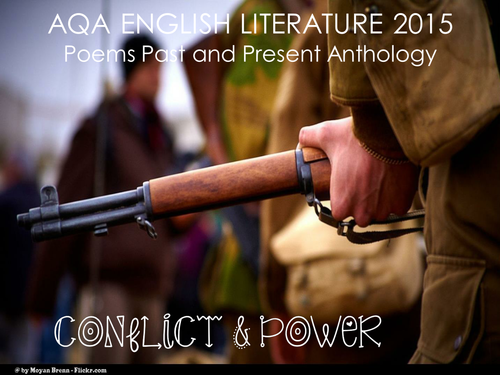F-J-O's Resources
Relax... All of the resources have been created to ensure that students are engaged and inspired by their learning. Each lesson has a clear learning journey to enable all students to make progress and to help them to understand the skills required for them to be their most successful. The aim: to create independent, perceptive and creative learners.




















